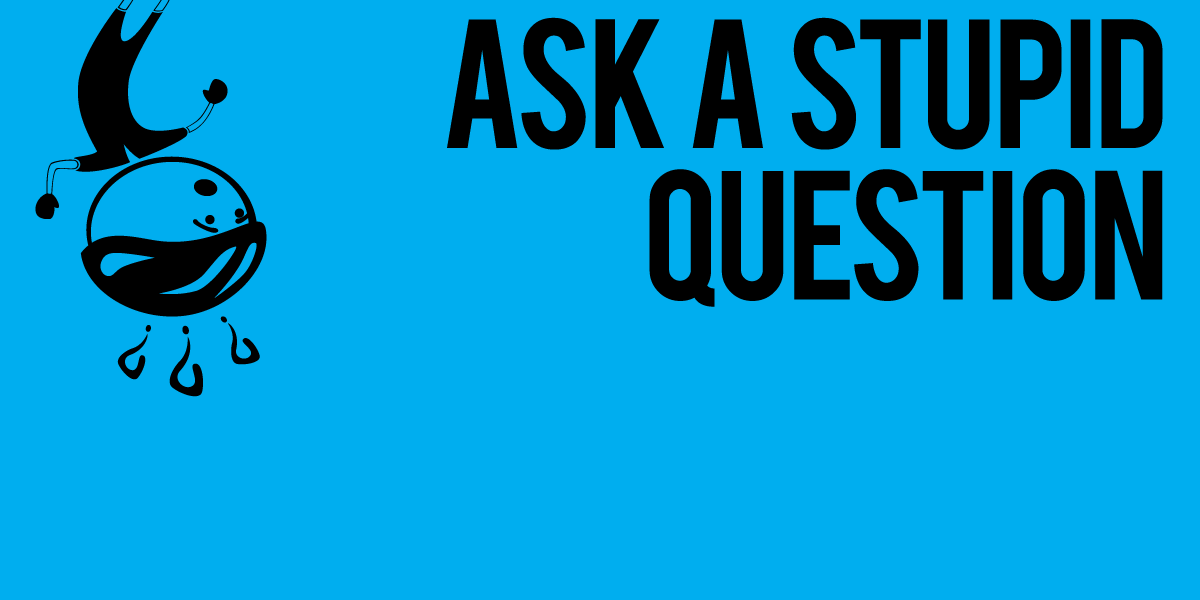We know, there’s no such thing as a stupid question. But there are some questions you might not want to ask your local shop or riding buddies. AASQ is our weekly series where we get to the bottom of your questions – serious or otherwise. Hit the link at the bottom of the post to submit your own question!
Boost frame spacing has a few benefits when it comes to frame design, but it alone is not enough reason to justify a new bike purchase. However, if you own a frame with 12 x 142mm spacing, you might have some questions when it comes to compatible drivetrain parts, specifically the crankset and chainring.
That seems to be the case with Kris, who wrote in an asked, “I have a bike with 142×12 rear spacing. I ordered a Boost Crank. Is this a major problem? A minor problem? Or, hopefully, no problem? Is there a consideration on ordering an 11 speed rear cassette? Thanks so much!”
That is a very good question which we decided to send out to our friends at Wolf Tooth Components. The WTC staff have grown to become one of our first sources for chainline related information since they have had to develop chainring that will work on so many different bikes and drivetrain configurations.

From WTC:
Will it work? Yes. It would be better to use the right chainline though. There are a few downsides of the chainring being 3mm more outboard than it should be:
- The drivetrain (chain, cassette and ring) will wear out faster and have more drag in the bigger cassette cogs.
- The chain will drop down when backpedaling when the chain hits the next shift gate (most 11 speed systems do this even at a non-boost chainline but they might make it a shift gate or two).
What can I do to improve the issue?
If you’re planning on running a 1x drivetrain with the new crankset, it may be possible to space the chainring inboard 3mm to reverse the effect of the Boost spaced crank. This may be able to be done using different chainring bolts and/or spacers between the crank arm and the chainring (or moving the chainring from the outer position to the inner if a 2x/3x crank). Or, if you have a crankset with the option of running a direct mount chainring, you may be able to purchase a chainring with a different offset that will bring it back to non-Boost specifications as well.
To get back to the original question, you could probably call it a minor problem but one that won’t leave you unable to ride your bike. It may lead to accelerated drivetrain wear and cause backpedaling problems, but there are also ways around the issue if you’re willing to play with some different chainring and/or bolts and spacers.
Got a question of your own? Click here to use the AASQ form, or find the link under the Contact menu header up top anytime a question pops into your mind!
